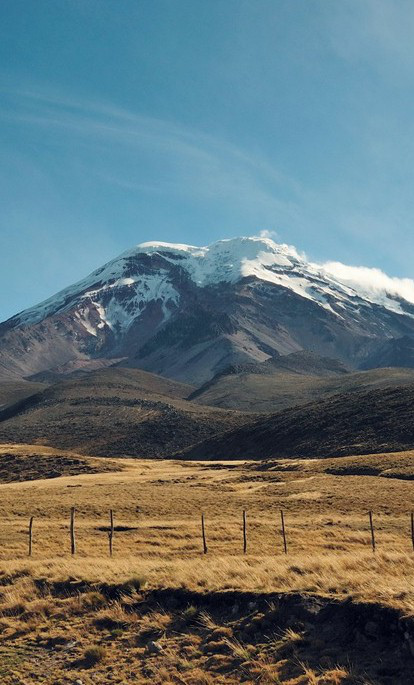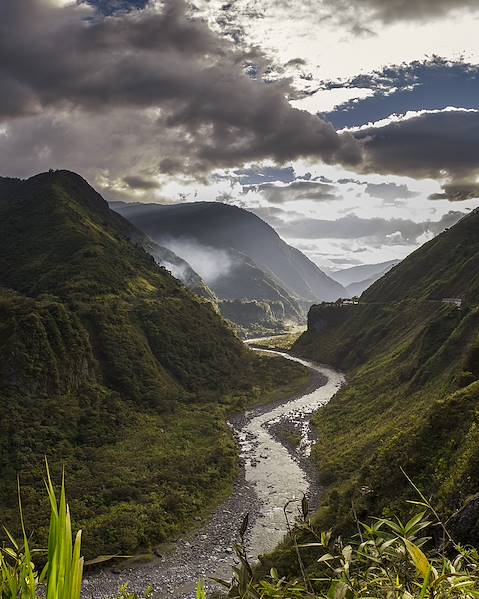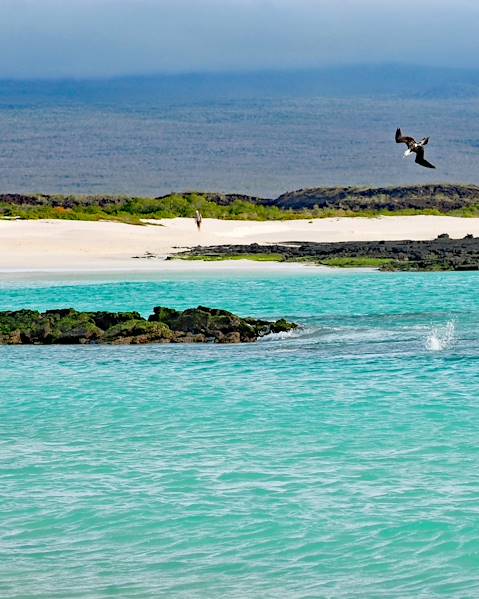Exploring Ecuador, from the Amazon rainforest to the wildlife-rich Galapagos Islands, is an epic experience enabled by its reliable transport infrastructure. The country has a good bus system linking all the major towns – it’s the most popular way to travel and great for taking in the spectacular scenery. But driving from Quito to Loja takes around 14-15 hours. It’s perhaps better to catch an inexpensive flight and be there within an hour. Travelling by boat is a given in the Galapagos and tourist trains provide another fantastic way to see this stunning South American country in all its glory. Whichever method of travel you prefer, plan your best route with our guide to transport in Ecuador.
By Plane
Travelling by air is often the quickest and safest mode of transport in Ecuador. Unless you have lots of time and money at your disposal, you’ll need to fly to the Galápagos Islands and probably also to the Amazon rainforest (although long-distance buses run to some areas). The main international airports are Quito and Guayaquil. Most travellers fly into Quito and on, though if you are only going to the Galapagos Islands, Guayaquil is more direct. A few international flights also land in Baltra and Santa Cruz in the Galapagos. With regards domestic travel, LATAM and Avianca are the main carriers, serving the major tourist destinations including Cuenca, Loja, Lago Agrio, Macas and Coca.
By Boat
Boats are a popular and necessary form of transport in Ecuador and cruises are a common way to get to the Galapagos Islands. While more expensive than flying, boat travel is more scenic, and visitors can choose between larger cruise ships and small yachts. However you arrive, once there you’ll need to navigate the islands by boat. Many visitors also choose to travel to destinations in the Amazon on water. Indeed, there are many places that can only be reached by canoe or speedboat, such as Cuyabeno National Park.
By Bus
Buses are a common way to get around Ecuador. All the country’s top travel spots are within a day’s bus ride from Quito and prices are very low, while private bus services such as Wanderbus are a good option for those seeking comfort and convenience. Long-distance buses are usually spacious and modern, but it’s worth comparing the price of flying as this may be cheaper depending on your destination. Local and inner-city buses are often crowded and stop frequently so can take a long time to reach their destination, although Quito’s bus service - called Trolebus - is relatively quick and affordable.
By Car
If you enjoy the freedom of the open road and designing your own itinerary, you could always rent a car in Ecuador. Cars can be hired at Quito and Guayaquil airports and at rental offices in large city centres. The backbone of the country’s road network is the Pan-American Highway, which broadly follows the Avenue of the Volcanoes – a chain of snow-capped peaks running down the spine of Ecuador. Just remember to keep your eyes on the road – the scenery is pretty spectacular! Away from the main highways, road conditions significantly deteriorate, with lots of potholes and a distinct lack of signage. A good alternative to car rental is to hire a taxi.
By Taxi
Taxis provide all the freedom of having a car, while allowing you to sit back and relax. Hiring private transportation for a few hours or a few days will certainly make your life easier. Taxis are also a convenient way to get around Quito. Only take registered taxis, which are yellow with orange license plates, and agree the price upfront. Uber also operates in Quito and Guayaquil, alongside other apps like Cabify and Didi.
By Train
Adventurous types may prefer to travel by train. Popular tourist trains operate in several regions and perfectly showcase Ecuador’s stunning scenery. The most famous thrill ride is known as The Devil’s Nose, a seven-mile series of dramatic switchbacks between Alausi and Simabe, where sweeping views extend from the mountainsides to the horizon. The Tren Crucero, meanwhile, connects the capital to the coastal city of Guayaquil, via landscapes that ignite the imagination. Another popular route is the Train of the Volcanoes which runs from Quito through the towering peaks, stopping in Machachi and El Boliche, at the base of Cotopaxi Volcano.
By Bike
It’s hard to beat the simple pleasure of two-wheel travel, and Ecuador is a great place to hire a bike or join a cycling tour. Committed to making its streets more cycle-friendly, Quito has implemented a series of large-scale, successful cycling infrastructure projects, and other cities are working on improving their offer. As well as epic mountain biking descents around the capital, the country also offers some incredible cycling routes through the Andes, the Galapagos Islands and the Amazon rainforest.
If you’re wondering about transport in Ecuador, look no further. Our travel specialists are experts at admin, as well as bagging the best seats and rates going, so all you need to do is decide which of Ecuador’s epic destinations to include in your trip.
















